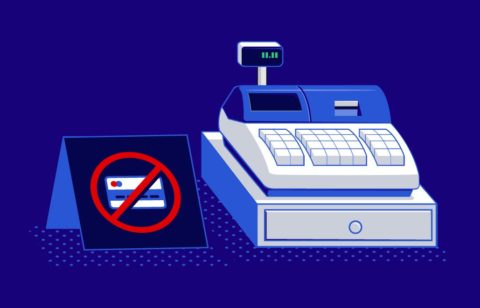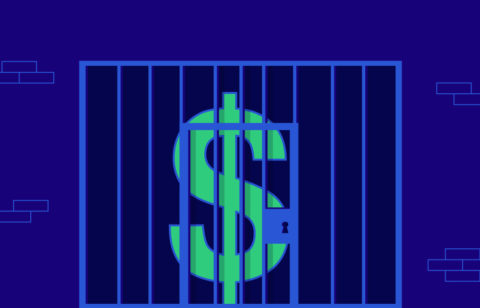You’ve heard the stories and maybe you’ve even lived one. There’s a divorce, lots of issues, many back and forth negotiations and finally when the dust settles, someone has been stuck with a big pile of debt and it’s unclear how to move forward with debt settlement after divorce.
Debt and divorce – who gets what
Let’s say that you and your spouse have $18,000 in debt and are about to split up. You’ve agreed how you will divide your assets but what about your debts? The answer to this question will depend largely on where you live. If you live in a community property state, all the debt you’ve accumulated since you were married will be divided 50-50. So you’ll be responsible for $9.000 of the debt and your spouse for the other $9,000.
If you don’t live in a community property state, things are not so simple. These states are called separate property states. When you divorce in one of the states, your assets are supposed to be divided up in a way that’s “just and equitable.” Notice that this doesn’t say anything about equal. In other words, there is room for negotiation.
What happens – in theory
What happens in most cases in a separate property state is that each partner will be responsible for any debts that he or she incurred individually. Debts that were incurred by both parties are subject to negotiation. For example, one of the two might agree to pay all of the joint debt with the understanding that he or she will get some extra asset in return. Or the two might agree to split the debt 50/50 just as in a community property state.
The short end of the stick
Unfortunately, things don’t always happen in reality as they do in theory. In many cases one of the two spouses will get the short end of the stick or all of the debt due to circumstances such as the fact that the other spouse was a stay-at-home husband or wife. If this is the case in your marriage, you could end up with very few of the assets and all of the debts.
How to eliminate that debt
If it turns out that you’re required to take responsibility for all the joint debts, you have several options. If it’s credit card debt in the amount of $5000 or less, your best solution might be to just buckle down and pay it off.
On the other hand, if you owe, say, $10,000 or more, your best option could be what’s called debt settlement. To do this, you would fall behind on your credit cards for probably six months due to a financial crisis, then contact your credit card providers and offer to settle out for maybe $.50 on the dollar. You might be surprised at how many credit card companies will accept this kind of settlement, especially if you can convince them that it’s either this or you will file for bankruptcy. Of course, you have to have the cash available to immediately settle the debt. This means that, getting back to our $18,000 example, you might be able to negotiate a $9000 settlement but would have to have $9,000 cash to immediately send the credit card companies.
Debt Settlement After Divorce with National Debt Relief
While you might be able to do that settlement yourself, most people choose to let us settle their debts for them. There are several reasons for this, not the least of which is the fact that most people struggling with debt don’t have enough cash lying around to make the required settlements. With National Debt Relief, you can get rid of the stress of debt relief and focus on getting your life back on track.





